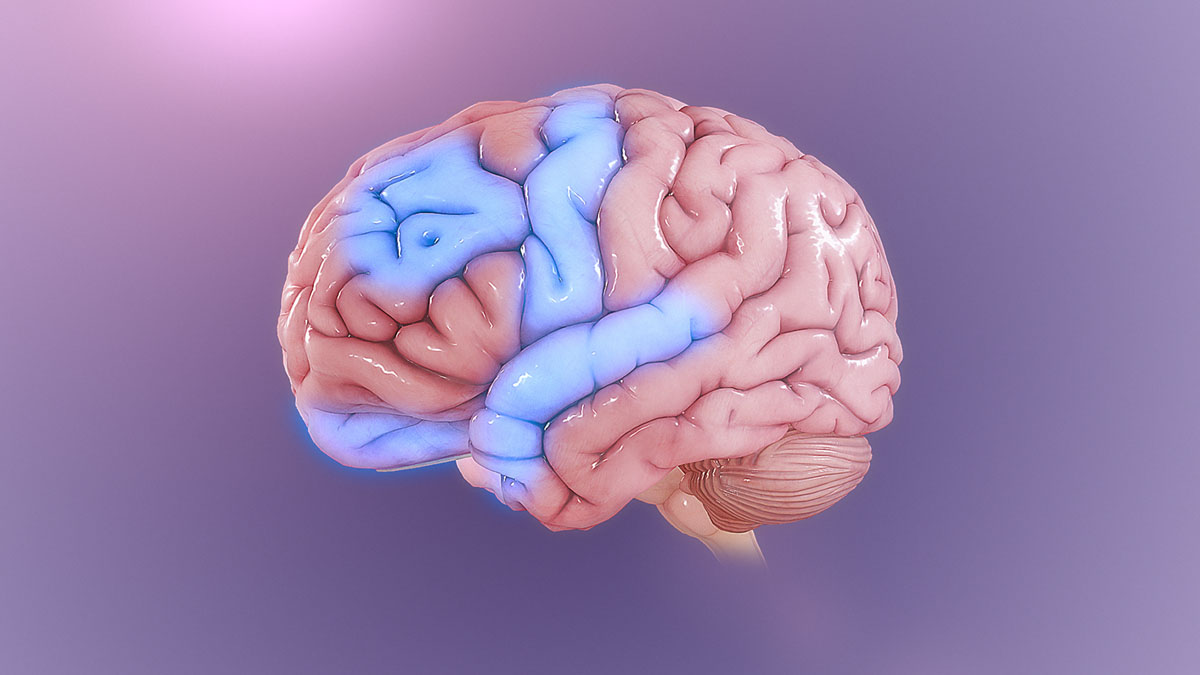
What is OCD?
OCD stands for obsessive compulsive disorder and it is characterized as an anxiety type of disorder which involves unwanted and uncontrollable thoughts accompanied by ritualized and repetitive behaviors that the patient feels compelled to perform over and over again. These thoughts and behaviors are irrational but the person who experiences them just cannot resist them. This is why this medical condition can present a rather big problem in the daily lives of its sufferers. People who suffer from obsessive compulsive disorder often tend to feel helpless and isolated which only makes things worse. The good thing is that there are various treatment methods which can be of great help for all those who suffer from obsessive compulsive disorder.
Statistical Data
Obsessive compulsive disorder is a relatively common medical condition and according to certain statistics there are 2.3 percent of adult persons who suffer from it. There are more than 3.3 million people in the United States who are affected by this medical condition. Obsessive compulsive disorder may affect people from all different ethnic groups, it may affect individuals from all different age groups and it may also be important to stress out that it affects men and women equally. In males the typically reported age of onset is between 6 and 15 years of age, while in females the usual age of onset is somewhere between 20 and 29 years of age.
Signs and Symptoms of OCD
Some cases of obsessive compulsive disorders may involve only obsessions, some may involve only compulsions, while there are also cases which involve both of these. The most common types of obsessive thoughts associated with OCD include excessive attention to something considered lucky or unlucky, superstitions, order and symmetry, fear of losing or not having things that one might need, excessive focus on religious or moral ideas, intrusive sexually explicit or violent thoughts and images, fear of causing harm to oneself or others and fear of being contaminated by germs or dirt. The most common types of compulsive behaviors associated with those who suffer from OCD include accumulating different types of junk, praying excessively or engaging in religious rituals, ordering or arranging things for no particular reason, spending a lot of time cleaning and washing, counting, tapping, repeating certain words, repeatedly checking on loved ones and excessive double checking of things. Symptoms of obsessive compulsive disorder are much harder to notice and discern because they may often seem like symptoms of other medical conditions such as Tourette’s syndrome, autism or ADD.
Obsessions and Compulsions
In order to have a better understanding of this medical condition, one needs to be well informed on the nature of obsessions and compulsions. Obsessions are uncontrollable types of impulses, images or thoughts which have a repetitive pattern. These are often distracting and disturbing, but the sufferer usually just cannot shake them off. Compulsions are repetitive types of behaviors that a person feels compelled to perform. They often occur in order to get rid of obsessions. Unfortunately, compulsions usually only make things worse because obsessions tend to reoccur with even higher intensity. People who suffer from OCD can be divided into different categories.
Hoarders are afraid of throwing things away because they thing that something bad may happen then. Counters and arrangers are known for being obsessed with symmetry and order and they often have superstitions concerning arrangements, colors and numbers. Doubters and sinners are afraid of terrible punishment if they do not do everything perfectly. Checkers always check things multiple times because they associate it all with danger and harm. Washers are the type of people who are obsessed with being clean and they are always afraid of contamination.
Therapy for Obsessive Compulsive Disorder
There are numerous different ways of dealing with obsessive compulsive disorder but the most common one and the most effective one is definitely cognitive behavioral therapy. This type of therapy may sometimes be accompanied by antidepressants. This therapy has two main components. The first component involves repeated exposure to the sources of one’s obsession. After the exposure the patient needs to refrain from the compulsive behavior which commonly occurs. Anxiety response prevention gradually leads to vanishing of the compulsions. The second component of cognitive behavioral therapy for persons who suffer from obsessive compulsive disorder focuses on teaching effective and healthy ways of responding to various different types of obsessive thoughts without the need for compulsive behavior as a reaction. Family therapy is highly beneficial for those who suffer from obsessive compulsive disorder because it may be of great help in reducing family conflicts, promoting a better understanding of the disorder and motivating the family members to help their loved ones. Group therapy is also very helpful because a person who interacts with other OCD sufferers gets the much needed encouragement and support.


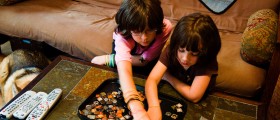
-Causes,-Symptoms,-Diagnosis-And-Treatment_f_280x120.jpg)
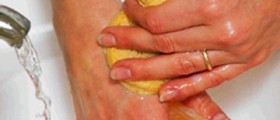
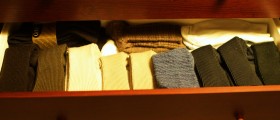

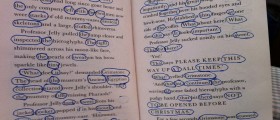
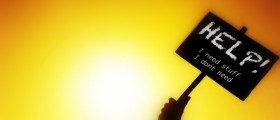
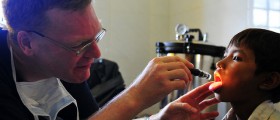
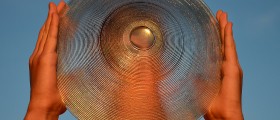
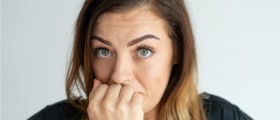
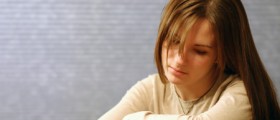


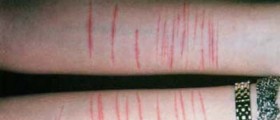
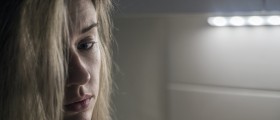
Your thoughts on this
Loading...